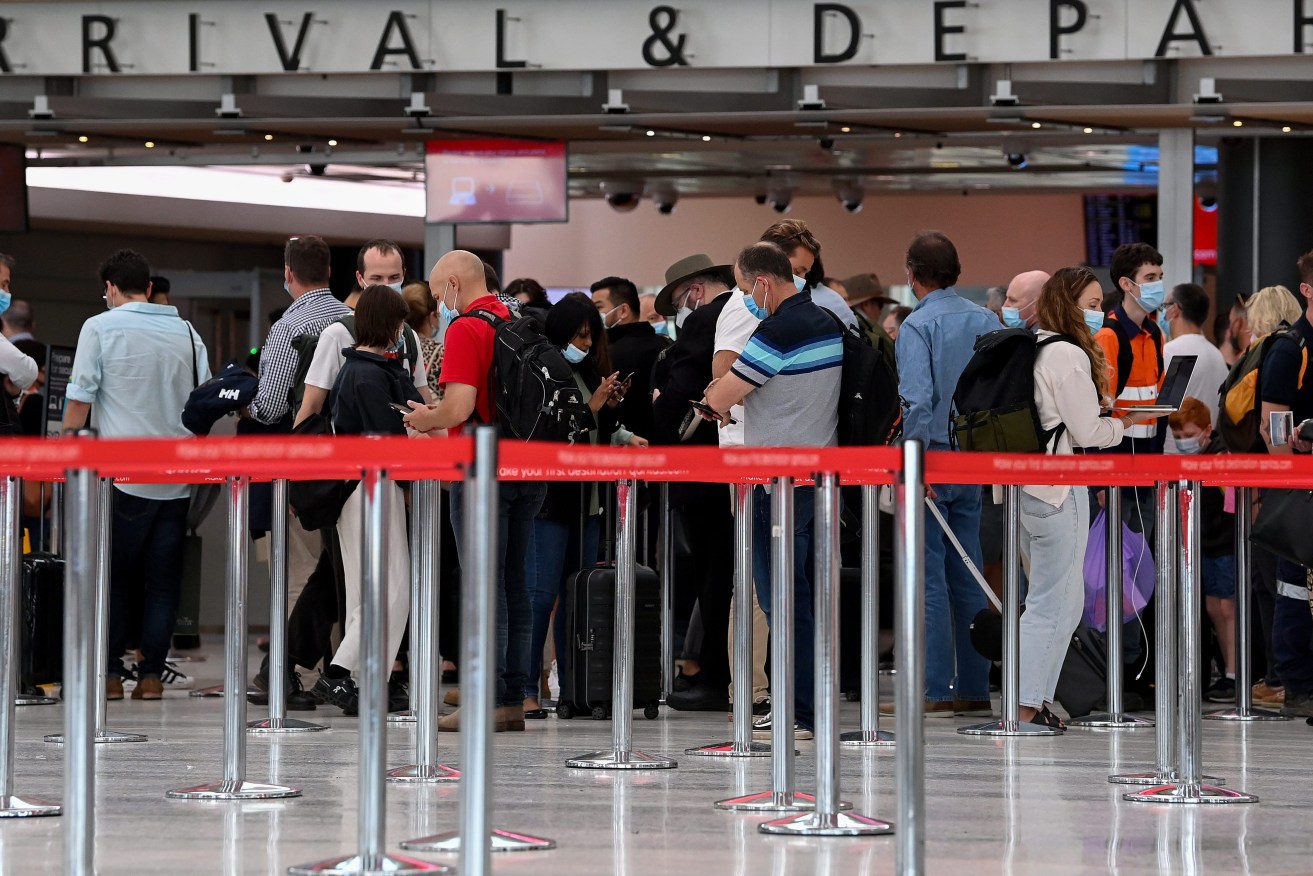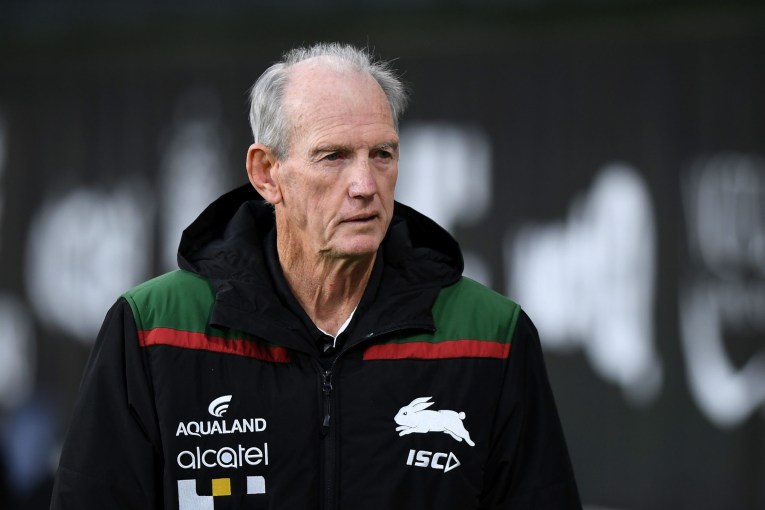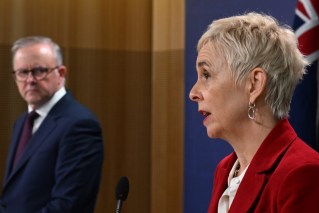Consumer watchdog tells airlines their pricing moves are on its radar
Airline revenue almost doubled in the first 10 months of this year as airfares soared and boosted the profits of the airlines after three years of losses, the Australian Competition and Consumer Commission found in its latest report on airline competition.


An unchecked bag has forced massive flight delays at Melbourne Airport (AAP Image/Bianca De Marchi)
The ACCC said discounted economy fares had increased the most because “the airlines don’t currently need to offer special fares to fill their planes”.
ACCC commissioner Anna Brakey said an index of the discounted economy fares across Australia’s top 70 domestic routes in November 2022 was more than double what it was in April 2022, when it hit an 11-year low. In September this year, the same index of the cheapest available fares reached a 15-year high.
“We accept that the airlines are still experiencing some pandemic-related resource challenges, but the ACCC will be monitoring them closely to ensure they return capacity to the market in a timely manner to start easing pressure on airfares.”
“We would be concerned if airlines withheld capacity to keep airfares high”, Brakey said.
The report said that airfares pushed much higher in the middle of 2022 as airlines reduced their flight schedules to improve reliability.
“Average revenue increased by 92 per cent from January to October, making it 27 per cent higher than it was in October 2019 prior to the pandemic.
The Adelaide to Gold Coast route jumped 156 per cent to $958 return. Qantas’s revenue from leisure bookings was up 130 per cent on pre-Covid levels. Its business travel revenue was also more than 100 per cent of pre-Covid levels.
“Airfares on many routes are expected to increase further in the upcoming summer holidays dies to additional demand for leisure travel and continued constraints on capacity,” the report said.
In contrast, business airfares remained about 20 per cent below pre-pandemic levels, as was flexible economy.
The report also found that the Gold Coast was performing well ahead of other destinations and the Brisbane to Sydney route was second only to the Melbourne to Sydney route in terms of demand.
The market share of the airlines has remained stable. Qantas has 38 per cent followed by Virgin with more than 33 per cent and Rex on more than 23 per cent. When Qantas and its budget airline Jetstar are combined the airline has 62 per cent.
Qantas has increased its share in the bigger capital city routes. It currently holds 38 per cent of that market, compared with Virgin’s 28 per cent. The difference is more than double the pre-pandemic gap.
“This difference reflects Qantas gaining market share as it entered multiple larger city-regional routes following the pandemic and the exit of Tigerair,” the report said.












